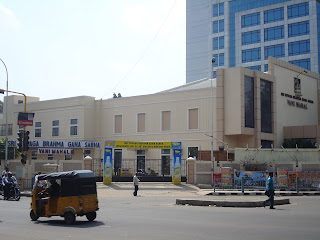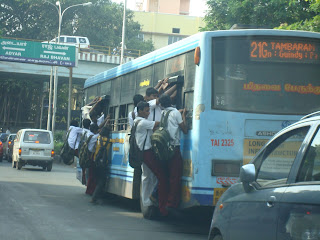How could a palace be split into two? Maybe that was troubling Robert Chisholm, as he viewed the two blocks of the Chepauk Palace, built over a century before Chisholm set his eyes on it. But even with the separation, it would have been a grand sight, two large, low buildings set in a vast area of almost 120 acres, bordered on the east by the beach. On the west, it was stretched to what is today's Bell's Road; the Cooum on the north limited its spread and to the south, Pycroft's Road marked its boundary.
The Chepauk Palace was built in the 1760s, as a residence for the Nawab of the Carnatic. At that time, it was Mohammed Ali Khan Wallajah, a favourite of the British, who was therefore given the privilege of being housed close to Fort St George. The two buildings that the palace was divided into were the Humayun Mahal and the Khalsa Mahal. To the north, the Humayun Mahal was abutted by the Diwan-e-Khana hall. Until 1855, the Nawabs of the Carnatic lived in the Chepauk Palace; that year, it was taken over by the government, citing the Doctrine of Lapse, when the last Nawab of the Carnatic, Ghulam Mohammed Ghouse, died heirless. In the 1870s, when Chisholm got his hands on these buildings, they were being used as government offices. Chisholm's additions included some rooms and verandahs to Humayun Mahal and a grand entrance with a tall tower rising over it.
That tower is the most visible part of Chepauk Palace these days. When the Ezhilagam and other assorted buildings came up along Rajaji Salai, they blocked the magnificent view of the palace from the beach. Even the tower comes into view only from some angles: with the Chepauk Palace now completely taken over by government offices, the visitors are more concerned about getting their work done than about the heritage of this tower!



























